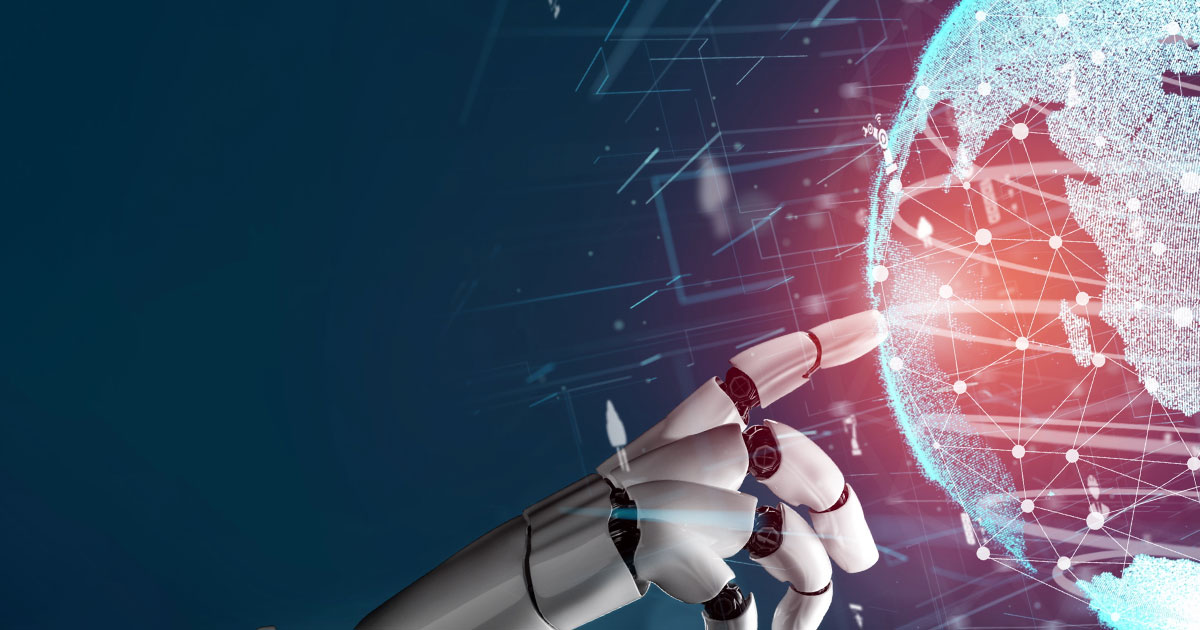5 min read

What is IIoT?
“Industrial Internet of things” (#IIoT) refers to the expansion and implementation of the Internet of Things (IoT) in industrial sectors and applications (Schneider, 2016). Machine-to-machine communication (M2M), big data, and machine learning all play a role in the IIoT’s capacity to improve businesses’ and industries’ operational efficiency and dependability. Automation, medical devices, and software-defined manufacturing processes are part of the IIoT.
It extends beyond the ordinary user gadgets and internet working of physical objects connected with the Internet of Things (IoT). The combination of IT and operational technologies (#OT) sets it apart. It refers to the integration of operational methods with industrial control systems (ICS), such as HMIs, SCADA, distributed control, and programmable logic control systems (PLCs), to improve operational efficiency.
The industry may benefit from increased supply chain and logistics visibility, automation, and optimization thanks to the convergence of IT and OT. Smart sensors, actuators, and remote access and control make it simpler to monitor and operate physical infrastructure in industrial activities, like farming, health care, manufacturing, conveyance, and utilities.
Businesses may collect and analyze larger volumes of data more quickly by using linked and smart devices. In addition to improving scalability and performance, this may help bridge the gap between production and non-production areas. Overall, the Industrial Internet of Things may help industrial organizations better understand their operations and make better business choices.
IIoT Security Challenges
The absence of fundamental security controls in the IIoT is to blame for many of its security issues. Risks are exacerbated by security holes, such as open ports, poor authentication methods, and antiquated software. It is more dangerous when the network is directly linked to a public network like the Internet. Cybercrime or malware infection may significantly affect a company’s IT infrastructure. Some of IIoT security risks are described below.
Many firms currently have inadequate or insufficient security in place, putting pressure on IoT suppliers that offer both services and devices. Over half of key infrastructure operations rely on outdated Microsoft software, and 40% of all industrial sites are connected to the Internet. As smart sensors multiply, machine infiltration becomes a major concern, implying that competent hackers may potentially obtain access to a complete facility and seriously disrupt or destroy production capacity for an extended period of time. As a direct or indirect outcome of an incursion, it may potentially create physically hazardous situations.
It is also difficult to develop security in a coordinated manner when there are no established standards and processes within the company or when it involves an area such as IIOT that is rapidly evolving. Standard and process setting for all IoT development is expected to be done by IoT service providers joining together and self-regulating. For the client, this is the most cost-effective choice and avoids the possibility of competing “local” protocols. Ad hoc security is encouraged by the lack of standards until then, and clients’ present security systems are valued even if they include weaknesses.
IIoT Security Best Practices
Malware or brute force attacks are involved in more than 40% of all security breaches. There are, of course, an endless number of other kinds of invasions. There are four levels of security: device, communication, cloud, and lifecycle management, all of which are necessary because of the large number of possible entry points to a company’s equipment and systems. In light of the sector’s fast development, there is no one-size-fits-all answer for security. Before complete end-to-end solutions are developed, however, service providers and organizations may take certain activities. Segmenting the IT/OT network to isolate anything that controls equipment from the rest of the network would be one such step.
Providers may take a second step to assure the essentials by using this strategy. Web interface security may be improved by simple measures such as password lockout after a certain number of tries and default credentials that must be changed upon activation. Enforcing strong passwords and two-factor authentication may also help prevent unauthorized access.
Maintaining buffer overflow and port blocking while not in use would also reduce the number of points of entry. The same password, lockout, and default password policies may be implemented in mobile device interfaces. Furthermore, a more disciplined approach to developing and deploying firmware upgrades would help keep systems running smoothly. The first step to addressing security concerns in the IIoT ecosystem should be to apply industry standards and norms (including open standards). This would allow vendors and manufacturers to use similar standards. And it would ensure greater interoperability within the ecosystem. Service providers and their programming teams would be freed from minor security worries by defining and enforcing a basic architecture for many of the issues mentioned and standardizing and mandating their inclusion. Basic security “floors” should be established for all systems to protect both service providers and purchasers when systems are installed in companies with inadequate or weak security practices.






